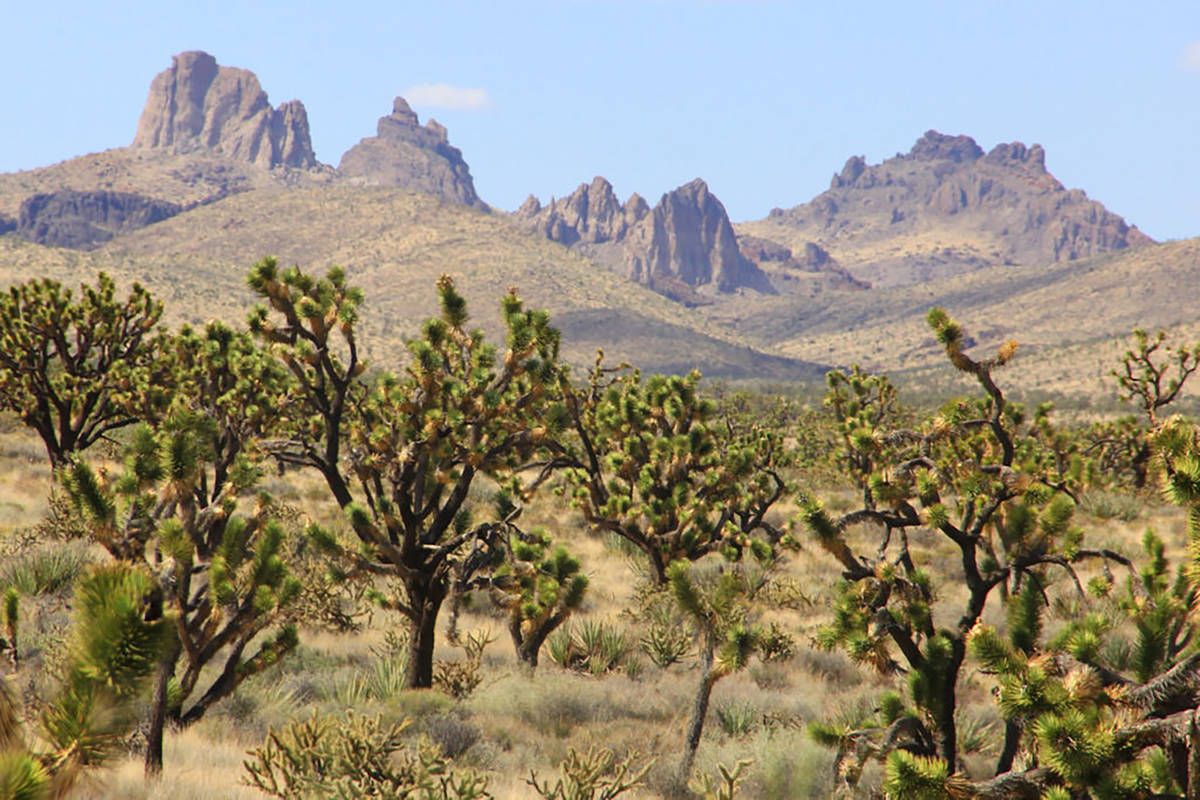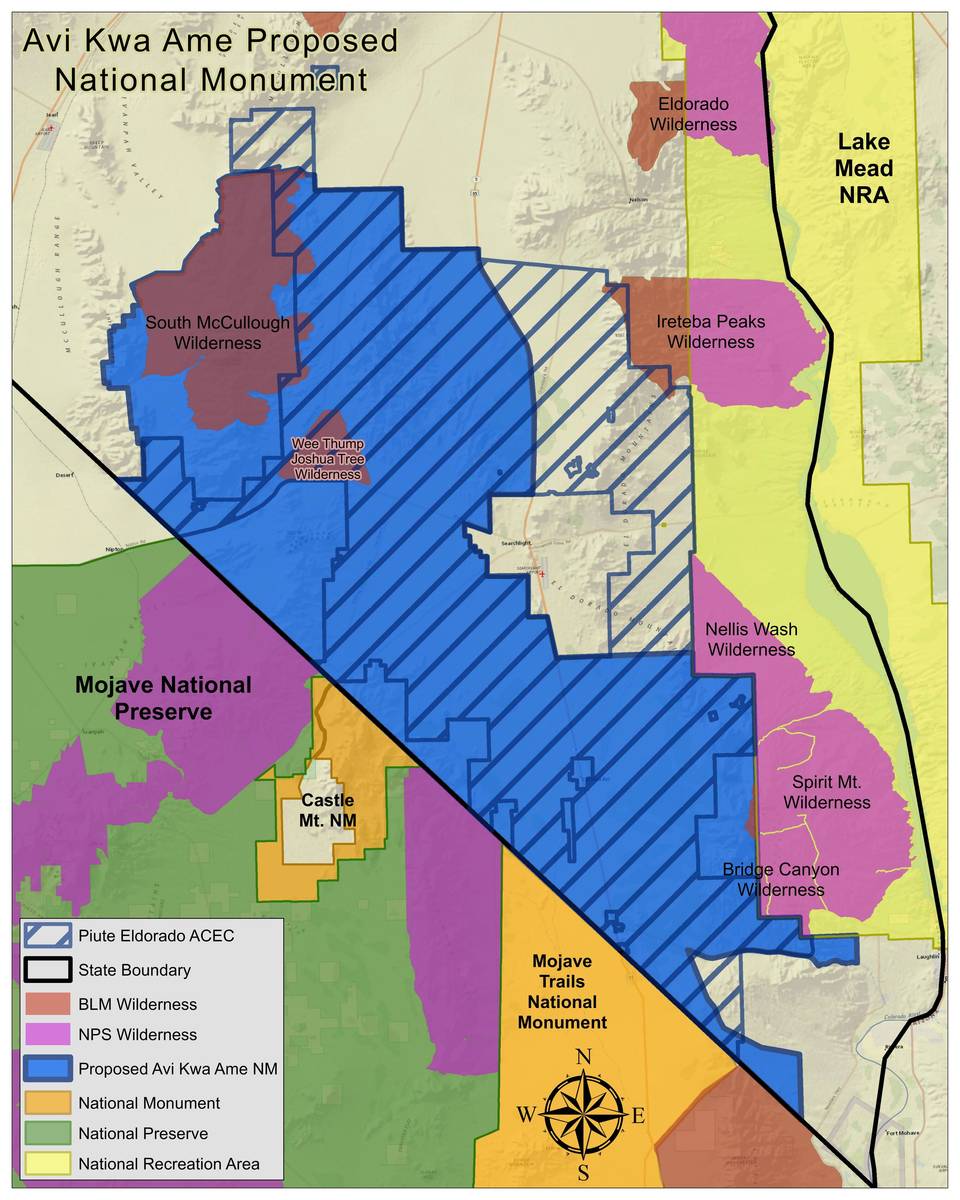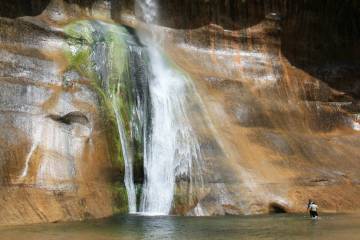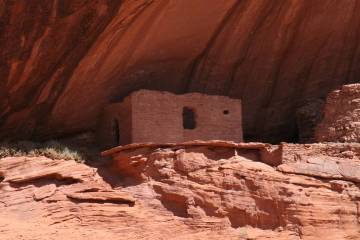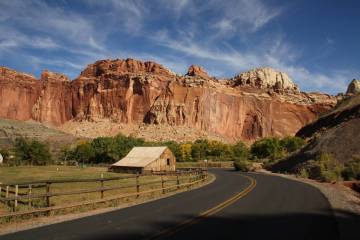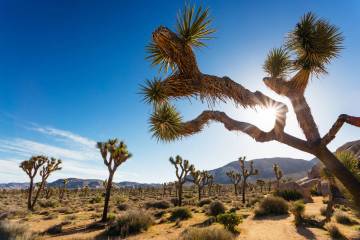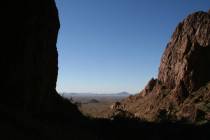Proposed monument would protect southern Clark County lands
Outdoor lovers have long recognized the special character of southernmost Nevada, with its wide expanses of open land, geological wonders, canyons, springs, rolling hills, prehistoric sites and a wide variety of flora and fauna.
Now, a new national monument is being proposed to protect and manage these treasures.
Local, state and national conservation groups along with a coalition of Native American tribes have joined forces to secure national monument status for 380,000 acres. Within the monument would be public recreational areas already recognized as some of our finest, such as the Highland Range, Southern McCullough Wilderness, Wee Thump Joshua Tree Wilderness, the southern part of Eldorado Valley and Piute Valley.
The proposed preserve is to be called Avi Kwa Ame National Monument. Avi Kwa Ame (pronounced ah-VEE kwa-ah-may) is the proper Mojave name for the sacred peak known as Spirit Mountain. At 5,639 feet, it’s the highest peak in the Newberry range, which runs southeast of Searchlight, between U.S. Highway 95 and Lake Mojave. It stands in the Spirit Mountain Wilderness in Lake Mead National Recreation Area, which borders the proposed monument.
Avi Kwa Ame is a culturally significant and sacred place to 10 Yuman-speaking peoples of the lower Colorado region — the Mojave, Hualapai, Yavapai, Havasupai, Quechan, Maricopa, Pai Pai, Halchidhoma, Cocopah and Kumeyaay — as well Hopi and Chemehuevi.
We relative newcomers have our own reasons for loving the area. It’s great for photography, bird-watching, mountain biking, hiking, camping, stargazing and back road driving.
The region is rich in history; archaeology suggests humans have been in this area for thousands of years. Besides Native American history, it was an important area for Western expansion, and you’ll find plenty of evidence of past military, mining and ranching use of this region.
Even the film industry is represented with the historic Walking Box Ranch, retirement home of 1920s-era Hollywood star Clara Bow and her movie cowboy husband, Rex Bell.
Wildlife is abundant, especially desert bighorn sheep and desert tortoises. This area is thought to be home to the state’s largest population of the latter. Birders say the area is the northernmost habitat of the big desert woodpecker, called the gilded flicker.
The Mojave Desert’s signature plant, the Joshua tree, is prevalent in Wee Thump Wilderness Area. What is thought to be the third-largest Joshua tree was recently documented here by the Nevada Division of Forestry. It is 87 inches in circumference, 24 feet tall and 28 feet wide. It grows about 3 miles from state Route 164 (Nipton Road) on the East Wee Thump Backcountry Road. The largest two are in nearby Mojave National Preserve.
The Avi Kwa Ame monument’s boundaries were designed to create wildlife corridors and protect water flows linking them together. Natural springs are dotted throughout the monument, including Pine Spring, Hiko Spring and Granite Spring.
While 70 percent of the proposed lands are already part of the Piute/Eldorado Area of Critical Environmental Concern, monument status would offer added protection from new mining claims, energy development, roads and utility lines. But proponents say it would continue to be open for Native American ceremonial activities and public recreational activities.
If you are interested in learning more about the proposed monument, visit honorspiritmountain.org, which includes a petition to support creation of the monument.



